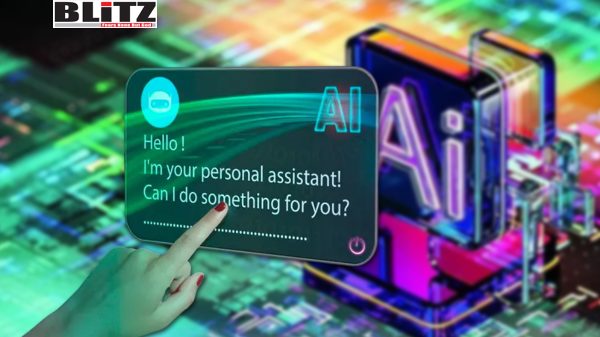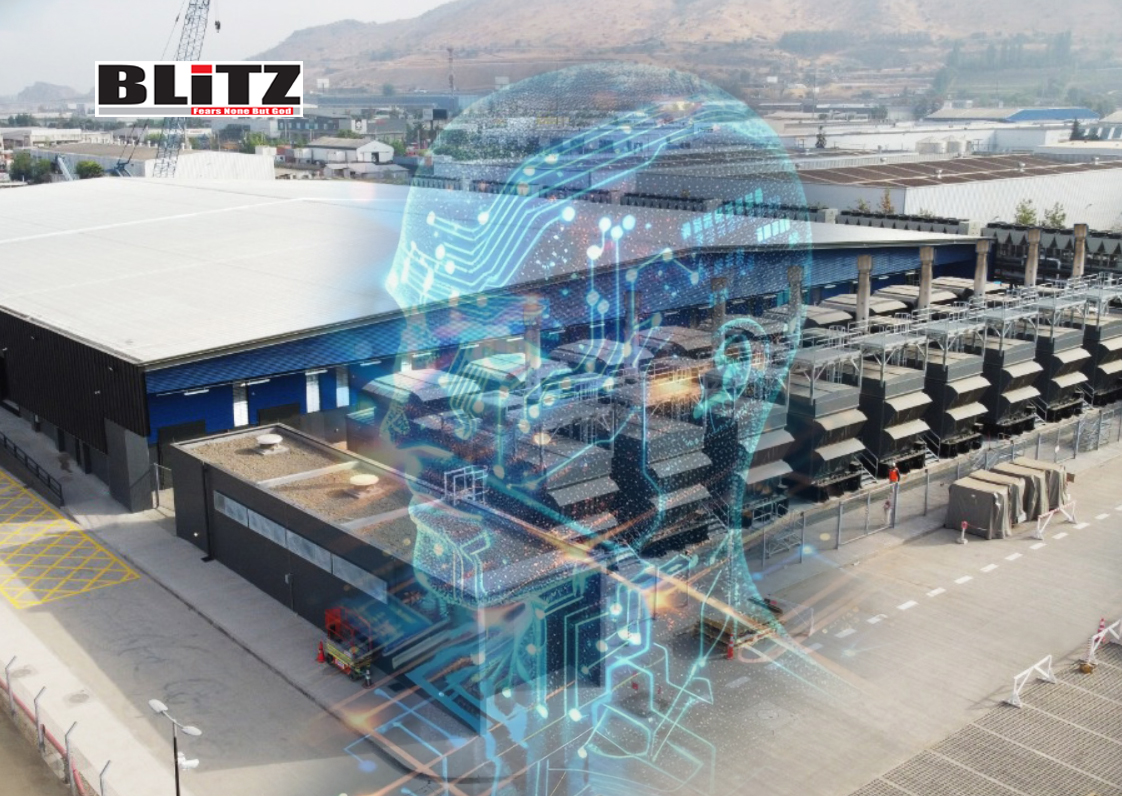Artificial Intelligence: Revolutionizing healthcare, cybersecurity, and communications
- Update Time : Tuesday, September 12, 2023

Around the world, we are witnessing the dawn of a new era marked by rapid technological advancements, interconnectivity, and the fusion of engineering, computer algorithms, and culture. This ongoing digital transformation, or convergence, is poised to reshape the way we live, work, and connect in the coming years. Notably, the emergence of artificial intelligence (AI) and machine learning-based computing is poised to revolutionize human interactions and industries across the board.
The networked components of the digital ecosystem, made possible by machine learning and AI, are set to leave a profound imprint on nearly every sector of the economy. These integrated AI and computing capabilities hold the potential to open up new frontiers in fields as diverse as genetic engineering, augmented reality, robotics, renewable energy, big data, and more. Three key verticals already experiencing the impact of AI in this digital transformation are healthcare, cybersecurity, and communications.
Artificial Intelligence: What Is It? Artificial intelligence (AI) is defined by Gartner as “technology that appears to emulate human performance typically by learning, coming to conclusions, seeming to understand complex content, engaging in natural dialogs with people, enhancing human cognitive performance, or replacing people on execution of non-routine tasks”. AI systems aim to replicate human capabilities and computational power within machines, often surpassing human speed and capabilities. Machine learning and natural language processing are integral components of the AI revolution, and they are already deeply embedded in our daily lives.
Today’s AI systems can comprehend, recognize, and solve problems using both structured and unstructured data, sometimes without explicit training. AI has the potential to transform cognitive processes and generate significant economic benefits. McKinsey & Company estimates that by 2025, the automation of knowledge work by intelligent software systems could yield a potential economic impact of US$5 to US$7 trillion.
Investments in AI are also on the rise, with Goldman Sachs projecting global AI investments to reach US$200 billion by 2025. AI-enabled computers are designed to automate tasks such as speech recognition, learning, planning, and problem-solving, making data-driven decision-making more efficient, particularly in large-scale networks with numerous users and variables.
AI in Healthcare AI is already reshaping the healthcare industry, particularly in drug discovery, where it aids in evaluating various combinations of substances and processes to improve human health and combat pandemics. AI played a crucial role in responding to the COVID-19 pandemic, from medical personnel assistance to the development of COVID-19 vaccines.
Predictive analytics is one of the most compelling applications of AI in healthcare, enabling healthcare providers to forecast future health outcomes based on a patient’s current health and symptoms. This empowers doctors to make informed decisions for patients with chronic diseases or other health conditions. Google’s DeepMind AI team, for instance, developed computers capable of predicting numerous protein configurations, a boon for scientific and medical research.
As AI continues to advance, it will enhance its predictive capabilities, offer personalized care plans, and even provide real-time treatment. Healthcare professionals will be better equipped to provide effective care not only in hospitals but also remotely, in charitable settings, and at patients’ homes.
AI in Cybersecurity In cybersecurity, AI offers a faster way to detect and respond to online threats. AI-powered cybersecurity platforms excel at detecting abnormal or malicious activities such as unauthorized credential usage, brute force login attempts, unusual data transfers, and data exfiltration in real-time. By continuously scanning data and files, AI helps organizations make informed decisions, preempting anomalies before they become security incidents.
AI also enhances network monitoring and threat detection by reducing noise, prioritizing alerts, leveraging contextual information backed by evidence, and employing automated analysis based on cyber threat intelligence reports. Automation plays a pivotal role in cybersecurity, given the sheer volume of data and threats that need to be managed. AI and machine learning are indispensable tools for improving cyber defense.
However, it’s worth noting that AI and ML can be double-edged swords in cybersecurity. Threat actors can also harness these technologies to detect and exploit vulnerabilities more quickly. Cybercriminals are already using AI and ML capabilities to analyze and infiltrate networks, with smaller organizations and healthcare facilities particularly vulnerable to ransomware attacks.
Communications and Customer Service AI is transforming the way we communicate and interact. Robotic processing automation (RPA), a form of AI, is being employed by businesses to automate routine tasks and streamline operations. By handling repetitive tasks, RPA enhances efficiency and frees up human talent for more complex challenges. It is versatile and scalable, finding applications in contact centers, insurance enrollment, claims processing, medical coding, and more across various industries.
Conversational AI, including chatbots and voice assistants, is revolutionizing customer service by providing automated support round-the-clock. These conversational AI systems are continually advancing, introducing new forms of human-like communication through facial expressions and contextual awareness. Industries such as healthcare, retail, and travel have widely adopted these apps to enhance customer interactions.
In media and social media, AI technologies are being used to generate news stories, social media posts, legal documents, and financial reports. OpenAI’s ChatGPT, for example, has demonstrated the ability to generate human-like text by synthesizing data and mimicking human language. Similarly, DALL-E, another OpenAI program, creates images based on textual descriptions. AI is becoming increasingly sophisticated in generating content that mimics human creativity.
AI and Our Future As we embrace the potential of AI, we must also consider ethical concerns. Algorithmic bias is a pressing issue, as many AI programs have exhibited harmful biases. Ensuring diversity among those developing algorithms is essential to mitigate biases. Human oversight is paramount in technology development and application, as technology is created by humans, and humans bring their biases to the table.
Understanding the contextual nature of AI is another challenge. Currently, algorithms primarily process binary data (Xs and Os) and lack the ability to capture nuanced human interactions and behavior. In the future, AI may evolve to incorporate interactivity and behavior, but we are not there yet.
The key is responsible AI development and oversight. We must guide these remarkable technologies in a direction that benefits society. Collective research, ethical standards, transparency, and industry incentives are essential to keeping AI on the right track. The global community must collaborate to harness the potential of AI while addressing its challenges. In doing so, we can ensure that AI remains a force for good in our rapidly evolving world.


















